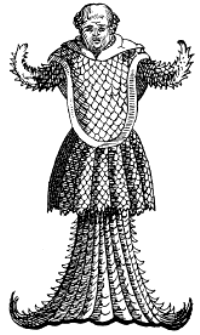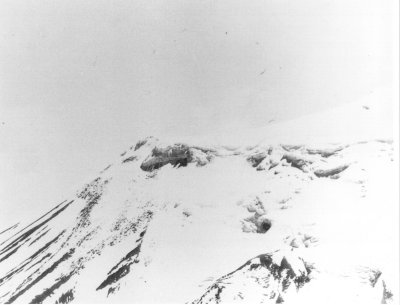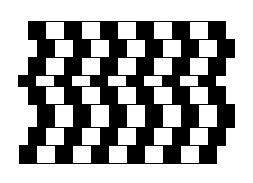It’s estimated that, in the United States alone, businesses lose $800 million to $900 million each Friday the 13th because some people will not travel or go to work.
Oddities
Sea Monks

In his Annales, English antiquarian John Stow describes the capture of a sea monster in the shape of a man, in 1187:
“Neere unto Orforde in Suffolke, certaine Fishers of the sea tooke in their nettes a Fish having the shape of a man in all pointes, which Fish was kept by Barlemew de Glanville, Custos of the castle of Orforde, in the same castle, by the space of six monthes, and more, for a wonder: He spake not a word. All manner of meates he gladly did eate, but more greedilie raw fishe, after he had crushed out all the moisture. Oftentimes he was brought to the Church where he showed no tokens of adoration. At length, when he was not well looked to, he stale away to the sea and never after appeared.”
The creature was not fish-tailed, but had a bald head, the body of a man, a beard and a very hairy chest. What was it really? A giant squid? A walrus? An angel shark? We’ll never know.
An Indonesian Prophecy
A 12th-century Javanese king, Jayabaya, predicted that white men would conquer the Indonesian island one day and tyrannize the people for years, until the white men were driven out by yellow men from the north. The yellow men would remain for one crop cycle, he said, and then Java would be free.
Amazingly, these predictions were fulfilled almost perfectly 800 years later. White settlers from the Netherlands ruled the island until the Japanese invaded in 1942, and two years later they officially granted Indonesia its independence.
Since Javanese predictions are so accurate, we should note that Indonesia seems due for another messiah — prophecies said he’d arrive “when iron wagons drive without horses and ships sail through the sky.”
Hmm

In 1971, the Flat Earth Society announced that the world is a disc, with the North Pole at the center and a 50-meter wall of ice at the outer edge.
Strangely, that matches the flag of the United Nations.
Geronimo!
Sam Patch (1799-1829), “The Yankee Leaper,” earned his epithet — in his 30-year lifetime he jumped from the following points:
- Mill dam, Pawtucket, Rhode Island
- Passaic Falls, New Jersey
- Miscellaneous bridges, factory walls, ships’ masts
- Niagara Falls, New York
- Upper Falls, Rochester, New York
That last one attracted a crowd of 8,000 — Upper Falls is 99 feet high. The first attempt went fine, but on the followup he dislocated both shoulders and drowned. His grave marker says “Sam Patch — Such Is Fame.”
Silbury Hill

As old as the pyramids, southern England’s Silbury Hill is even more enigmatic. It’s essentially a gigantic man-made hill, 130 feet tall and perfectly round.
It must have taken 18 million man-hours to build, but archaeologists are stumped as to its purpose.
Benjamin Bathurst
On Nov. 25, 1809, British diplomat Benjamin Bathurst was preparing to leave the small German town of Perleberg. He stood outside the inn, watching his portmanteau being loaded onto the carriage, stepped out of the light, and was never seen again.
A nearby river was dragged, and outbuildings, woods, ditches, and marshes were searched, but no trace of Bathurst was ever found. A reward was offered for information, but none came forth.
Bathurst had been urging Austria into war against the French, but Napoleon swore on his honor that he had played no part in the disappearance. The mystery has never been solved.
High and Dry

This is a classified photo of Mount Ararat, Turkey’s tallest mountain, taken by the U.S. Defense Intelligence Agency in 1949.
That dark area is the “Ararat anomaly,” an unknown object perched on the edge of a precipice at about 15,500 feet. Biblical literalists think it’s the remains of Noah’s Ark. The U.S. government says it’s “linear facades in the glacial ice underlying more recently accumulated ice and snow.”
For now, it’s a stalemate — no one’s been able to reach it yet because the Turkish military controls the area.
Straight and Narrow
Flying Dutchman
“At 4:00 a.m., the Flying Dutchman crossed our bows. A strange red light as of a phantom ship all aglow, in the midst of which light the masts, spars, and sails of a brig 200 yards distant stood out in strong relief as she came up on the port bow.”
— Prince Albert Victor, duke of Clarence, aboard H.M.S. Inconstant, July 11, 1881.
Thirteen officers and men saw the object, whatever it was, as did the crews of the corvettes Tourmaline and Cleopatra.

